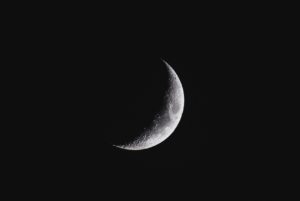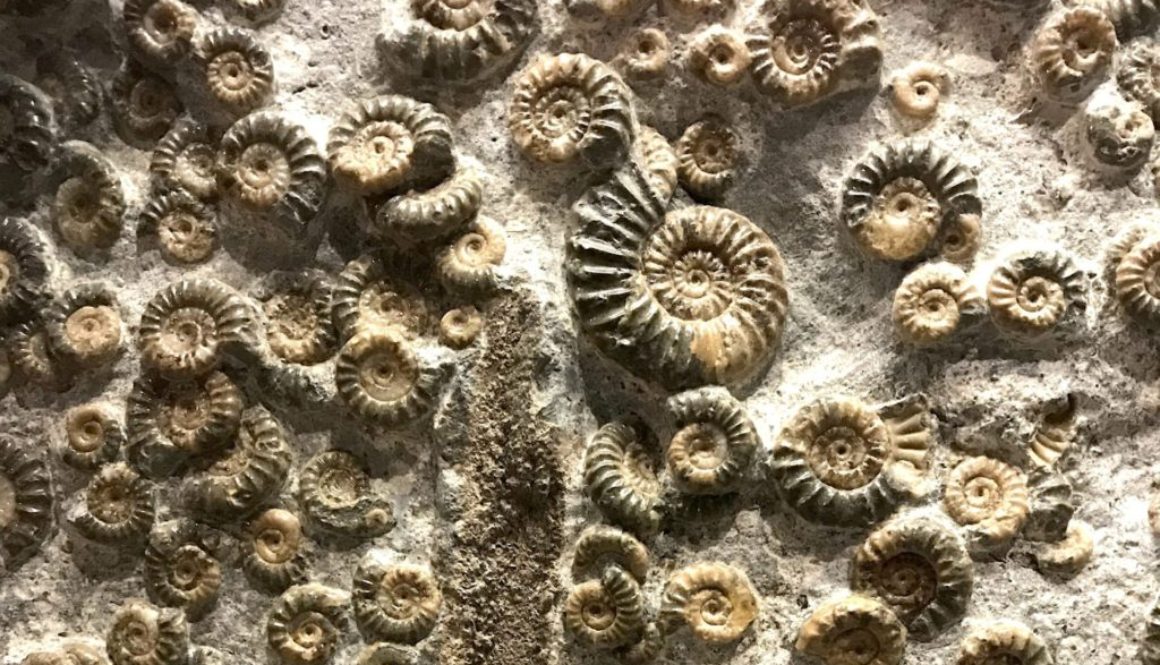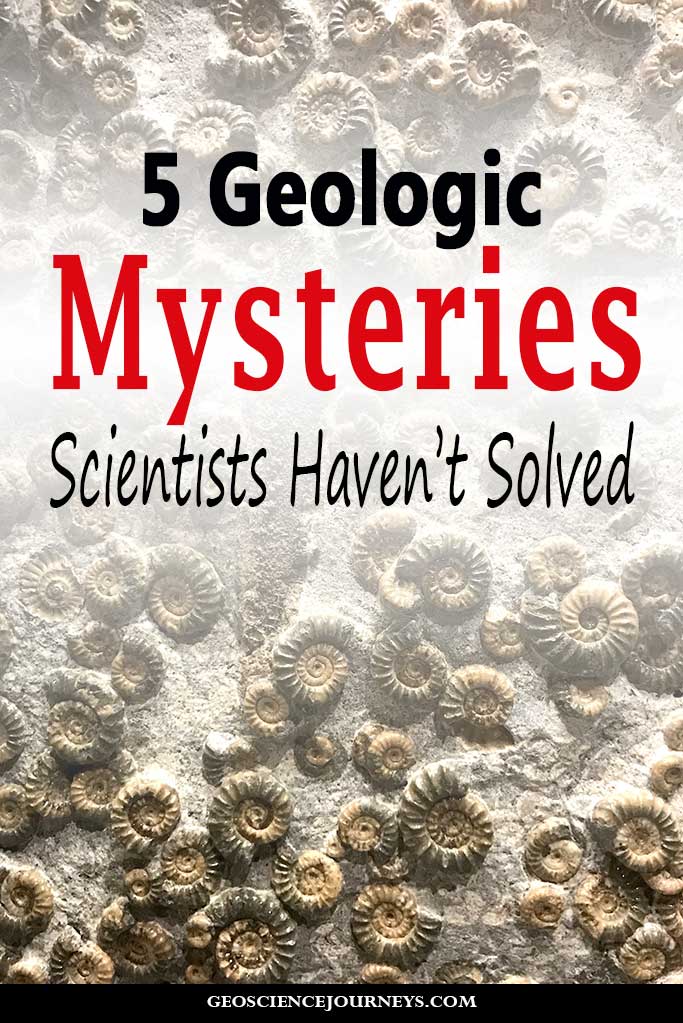5 Geologic Mysteries Scientists Haven’t Solved

We can talk to someone on the other side of the world live on our phone screen. We can remove tumors by delivering precise radiation therapy using a robotic arm that never physically touches a patient. Our cars are now able to navigate roadways without us touching the steering wheel. We’ve obviously got it all figured out. Or do we?
Humanity has achieved much and made advancements that have thrust society forward. However, we still haven’t been able to figure out some of the greatest geologic mysteries involving our own planet.
What Caused the Cambrian Explosion?
Early in Earth’s history at the beginning of the Cambrian Period, a great emergence of organisms occurred. The diversity of life was so great that it is described as an ‘explosion.’ During this time, many of the major phyla that make up modern life first appeared.
This period is marked by the evolution of soft-body organisms to hard-body organisms such as shellfish. The reason for this evolution is still unknown. Scientists believe though that the amount of oxygen in the atmosphere might have finally reached levels that allowed for larger more complex life.
What is the Composition of the Earth’s Core?
While we have done a pretty good job of exploring the surface of the Earth, most of the innards of our planet remain practically unknown. It is difficult to reach and an inhospitable place, so this is understandable.
The mantle, which is just below the crust, is made of mostly solid silicate rock, but the makings of the core are not known. For a long time, it was thought that the core was composed of iron and nickel, but scientists calculated that those elements alone were too dense. Recent calculations have lead scientists to hypothesize that the core might actually be in a “superionic” state. It might be behaving in both solid and liquid phases.

What Actually Killed the Dinosaurs?
It is widely accepted that an asteroid slammed into the Earth 65 million years ago and killed most of the dinosaur population. If this theory is correct, dust and debris would have spread into the atmosphere and blocked the planet’s sunlight. This would have damaged the photosynthesis process, increased greenhouse gases, and caused elevated temperatures leading to death.
A separate alternative theory is that cataclysmic volcanic eruptions took place, which would lead to similar effects of an asteroid. A newer independent study could support this theory. It suggests that large amounts of sulfur were also thrown into the atmosphere. Not only would the planet have seen similar sun-blocking effects from a sulfuric atmosphere, but lethal acid rain would have fallen down on all life.
What is Creating the Siberian Craters?
Imagine that you’re a pilot flying your normal route which just so happens to be above the frozen Siberian tundra. You would probably know this route like the back of your hand. On this particular day though, you notice a giant gaping hole in the ground. It sounds crazy, but that’s exactly how the Siberian Craters were discovered.
These 65-foot craters appear very quickly. Gas from below the ground bubbles up through the frozen tundra until it breaks and leaves behind a depression. The cause for this frozen landscape ‘burp’ is still unknown, but scientists think the warming of the tundra has something to do with it.

How Did the Moon Form?
We see it so often at night that most of the time we forget it’s even there. The moon just kind of goes with the Earth like peanut butter and jelly, but why is it there? This question has plagued the minds of scientists for a long time, and they still can’t definitively give an answer.
The most widely accepted theory of the moon’s creation is that when early Earth was forming a large body crashed into it. The impact formed a secondary body made mostly of lighter elements that coalesced into the moon. Another theory suggests that the moon formed separately but at the same time as early Earth. There is even another theory that the Earth’s gravity field captured a smaller body just passing by.
As you can see, there are many theories and leading hypotheses for some of the biggest scientific mysteries out there. Scientists have yet to prove them though, and some have only increasingly confusing with more data. Are you interested in these mysteries? Perhaps you will help solve them.
You can find out more information on the wonders of our planet here.


